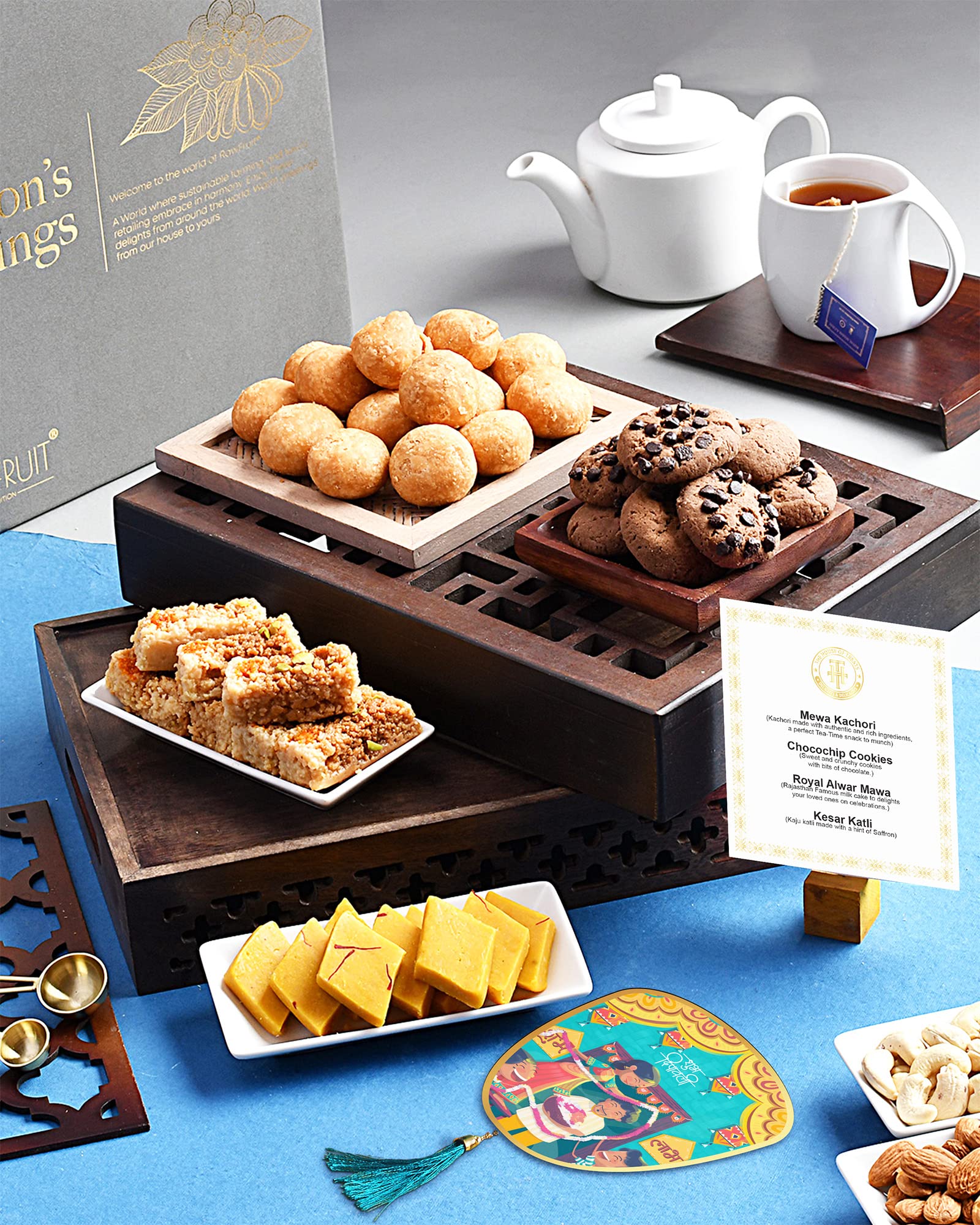When you unbox a luxury perfume or a premium chocolate bar, the first thing you notice is the feel of the paper, the weight of the cardboard, the way the lid clicks shut. That tactile experience isn’t just a pleasant surprise; it’s a deliberate cue that the product inside is worth the price. In this article we’ll unpack why high‑end packaging is a sign of quality, exploring the psychology, materials, design, sustainability, and real‑world examples that make luxury packaging more than just a pretty wrapper.
The Psychology of First Impressions
A Visual and Tactile Greeting
Humans judge a book by its cover—literally. Studies show that a strong first impression can influence perceived value by up to 20 %. When a package feels sturdy, the scent of fresh paper or fine leather can signal craftsmanship, and the visual hierarchy of clean lines and gold foil can suggest premium quality.
The “Halo Effect” in Packaging
When packaging exudes luxury, it casts a halo over the product. Even if the contents are average, the high‑end exterior can elevate perception. This effect is why some brands invest heavily in packaging design; the halo can justify higher prices and create brand loyalty.

Rhetorical Question
Do you ever open a cheap‑looking box and feel a pang of disappointment before you even see the contents? That instant reaction is the halo at work, steering your expectations toward the product inside.
Materials Matter: From Paper to Plastic
Choosing the Right Base
- Cardboard: Thick, corrugated cardboard provides protection and a premium feel. Specialty finishes like linen or canvas textures add depth. Paper: High‑weight, acid‑free paper signals durability. Matte or glossy finishes can evoke different moods—soft and sophisticated versus crisp and modern. Plastic & Metal: High‑grade plastics (e.g., PET) and metals (e.g., aluminum) are used for luxury cosmetics and tech gadgets, offering sleekness and a sense of permanence.
The Role of Finish
- Embossing & Debossing: Creates a tactile experience that feels both elegant and sophisticated. Foil Stamping: Gold or silver foil adds a touch of opulence without excessive cost. Spot UV Coating: Adds selective gloss that catches the eye and feels premium.
Sustainability vs. Luxury
While premium materials often mean higher costs, many luxury brands are now opting for recycled or biodegradable options. The key is to maintain the tactile and visual cues of quality while reducing environmental impact—a balancing act that speaks to modern consumers’ values.
Design Details that Speak Volumes
Typography and Color
The choice of font and color palette can instantly convey a brand’s personality. A serif font in deep navy can suggest tradition, while a sans‑serif in bright teal signals innovation. The color of the packaging often reflects the product’s essence—rich chocolate brown for a chocolate bar, or soft lavender for a spa product.
The Power of a Signature Logo
A well‑placed logo can act as a seal of approval. Think of gift baskets the iconic red ribbon on a luxury chocolate box—an unmistakable sign that the product inside meets a high standard.
Metaphor
Packaging is the “first kiss” of a product; it sets the tone for the entire relationship between the consumer and the brand.
Rhetorical Question
What does a minimalist design say about a product’s confidence? A clean, uncluttered layout can communicate that the brand trusts the quality of its contents to speak for itself.
Sustainability and Luxury: A Modern Paradox
Eco‑Friendly Luxury
Luxury brands are increasingly using sustainable materials without compromising on aesthetics. For example, bamboo fibers, recycled glass, and plant‑based inks can provide the same premium feel while reducing carbon footprints.
The “Green Halo”
Just as luxury packaging can create a halo effect, eco‑friendly packaging can create a “green halo,” appealing to consumers who value both quality and responsibility.
Anecdote
When I first saw a high‑end skincare line that used a biodegradable bamboo tube, I was pleasantly surprised. The tube was as luxurious to touch as any glass bottle, but it left me feeling good about the planet—a win‑win that many brands still struggle to achieve.

Real‑World Examples
Luxury Chocolates
- Lindt & Sprüngli: Uses a matte, gold‑stamped wrapper that feels robust and indulgent. Ghirardelli: Heavy, embossed cardboard with a subtle pattern that signals artisanal quality.
Premium Cosmetics
- Chanel: A sleek, matte black box with a gold clasp that feels like a personal invitation. Dior: Uses a combination of matte and glossy finishes to create a tactile contrast that mirrors the product’s dual nature—classic yet modern.
High‑End Tech Gadgets
- Apple: The minimalist white box with a single logo conveys that the product inside is built to perfection. Bang & Olufsen: Heavy, matte cardboard with subtle embossing signals audio excellence.
These examples illustrate how packaging choices—material, design, and finish—reinforce the perceived quality of the product.
Making Your Selection Count
Align Packaging with Brand Identity
Your packaging should echo the values and personality of your brand. Consistency builds trust; inconsistency can feel disingenuous.
Invest in Quality, Not Just Cost
Remember the quote by Thomas Edison: “There is no substitute for hard work.” In packaging, “hard work” translates to thoughtful design, premium materials, and meticulous craftsmanship. These investments pay off in consumer perception and repeat business.
Call to Action
If you’re launching a new product or revamping an existing one, start by asking: “What story do I want my packaging to tell?” The answer will guide every choice—from material selection to the final finish—ensuring that your high‑end packaging is truly a sign of quality.
By understanding the psychology, materials, design, sustainability, and real‑world applications, you’ll see why high‑end packaging isn’t just a luxury—it’s a strategic signal that elevates the entire brand experience.